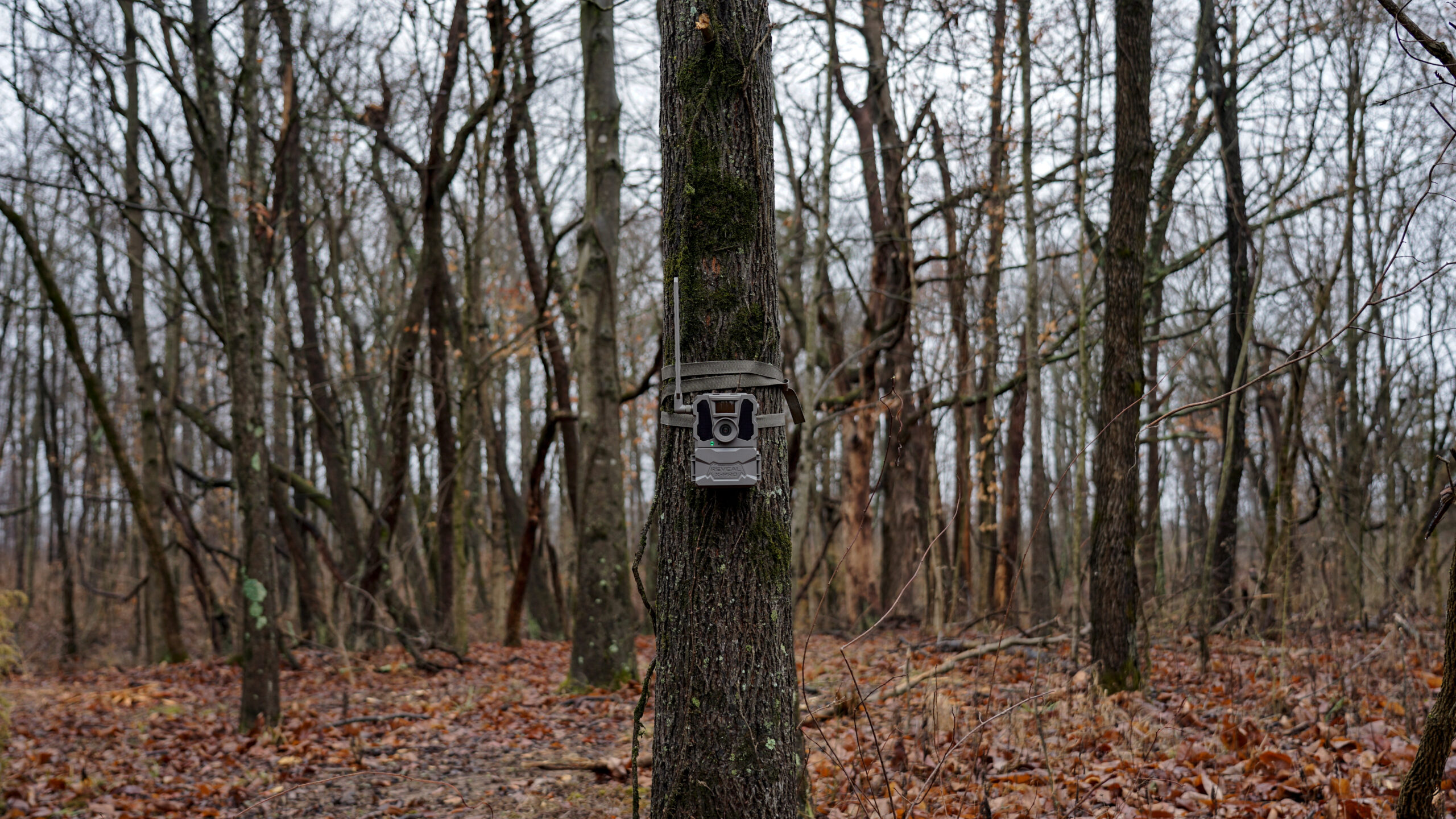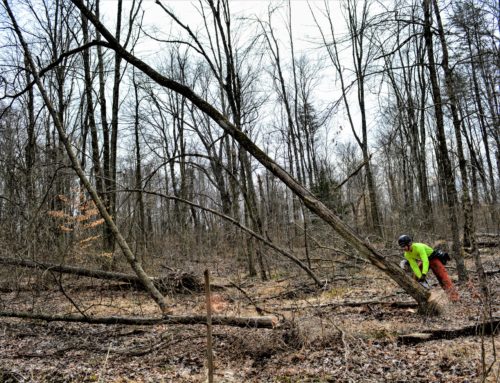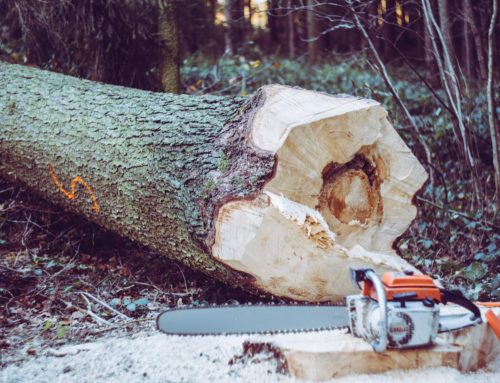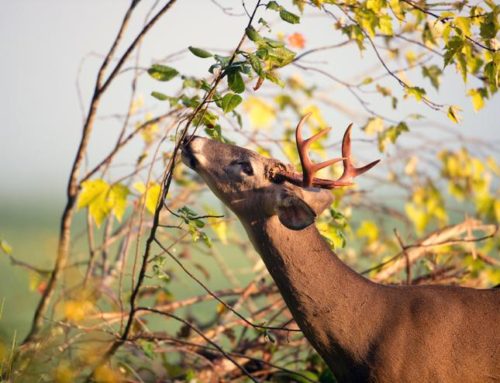The Benefits of White-tailed Deer Camera Surveys
Improving habitat for and sustainable herd management of Indiana’s most abundant and popular game animal, the white-tailed deer, has become increasingly popular among deer hunters and forest landowners. Estimating and examining local white-tailed deer population characteristics may aid private landowners and forest managers in making various decisions regarding wildlife habitat improvement and management, as well as strategic and sustainable deer herd management.
Trail/game camera surveys are a relatively reliable and cost-effective method for estimating white-tailed deer population characteristics. Various research suggests trail/game camera surveys are capable of photographically recording 80 to 90 percent (or more) of a local deer population, depending on the survey length and design. Using camera surveys to estimate deer population characteristics, such as density, sex ratio, fawn crop, and age structure, provides valuable insight in the demographics and productivity of a particular deer population.
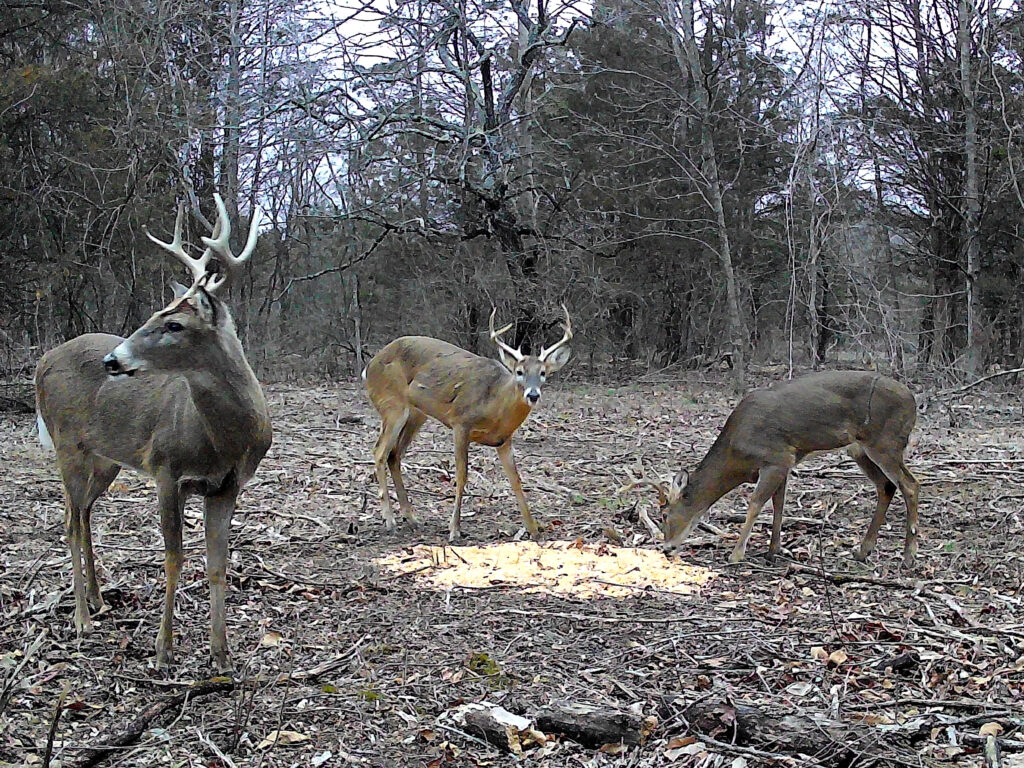
The benefits of conducting white-tailed deer camera surveys include:
1. General Demographic Understanding
- Sex Ratio: Surveys help determine the proportion of bucks (male deer) to does (female deer) in the population. This information aids in understanding breeding dynamics and reproductive success.
- Fawn Crop: Assessing the number of fawns born per doe provides insights into population productivity and recruitment.
2. Herd Management Decision-Making
- Population Density: Surveys help estimate the overall deer density in a specific area. This information guides habitat management, hunting/harvest strategies, and population goals.
- Doe-to-Buck Ratio: Understanding the balance between male and female deer assists in setting harvest quotas and maintaining a healthy population.
- Fawn Recruitment: Monitoring fawn survival rates helps evaluate the population’s overall health and reproductive success.
3. Tailored Habitat & Land Management Strategies
- The survey results and estimates serve to inform forest managers, landowners, and hunters about specific characteristics of their deer population. Surveys can also be used to track and monitor deer population trends over time, ideally with surveys being conducted at least annually, or even bi-annually. The knowledge gained from camera surveys allows for the tailoring of habitat management and conservation practices to achieve various landowner management objectives.
Conclusion
In summary, white-tailed deer population camera surveys provide critical data during the management decision-making process, both for silvicultural and/or wildlife purposes. Effective management promotes sustainable and healthy deer populations, as well as quality habitats and healthy ecosystems.
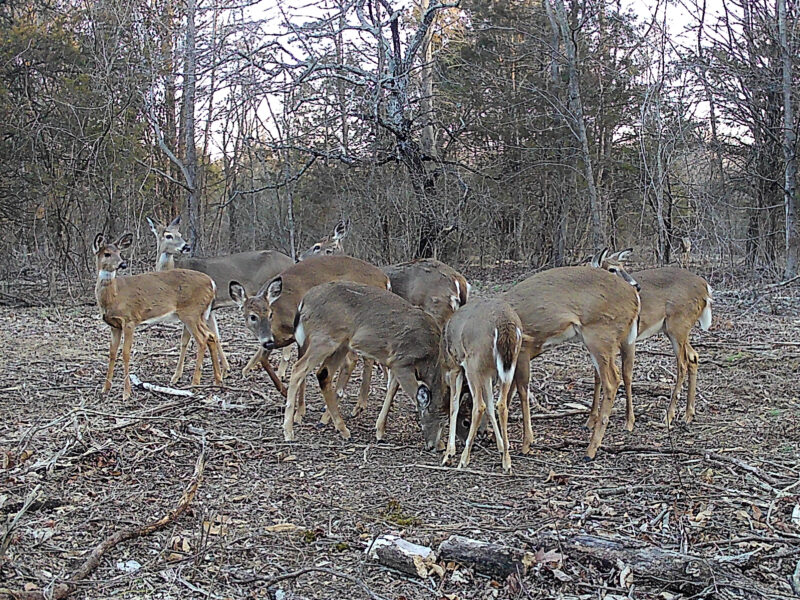
Interested in having us conduct a deer survey on your property? Please contact us!
Other information: Indiana DNR’s webpage on White-tailed Deer Biology

